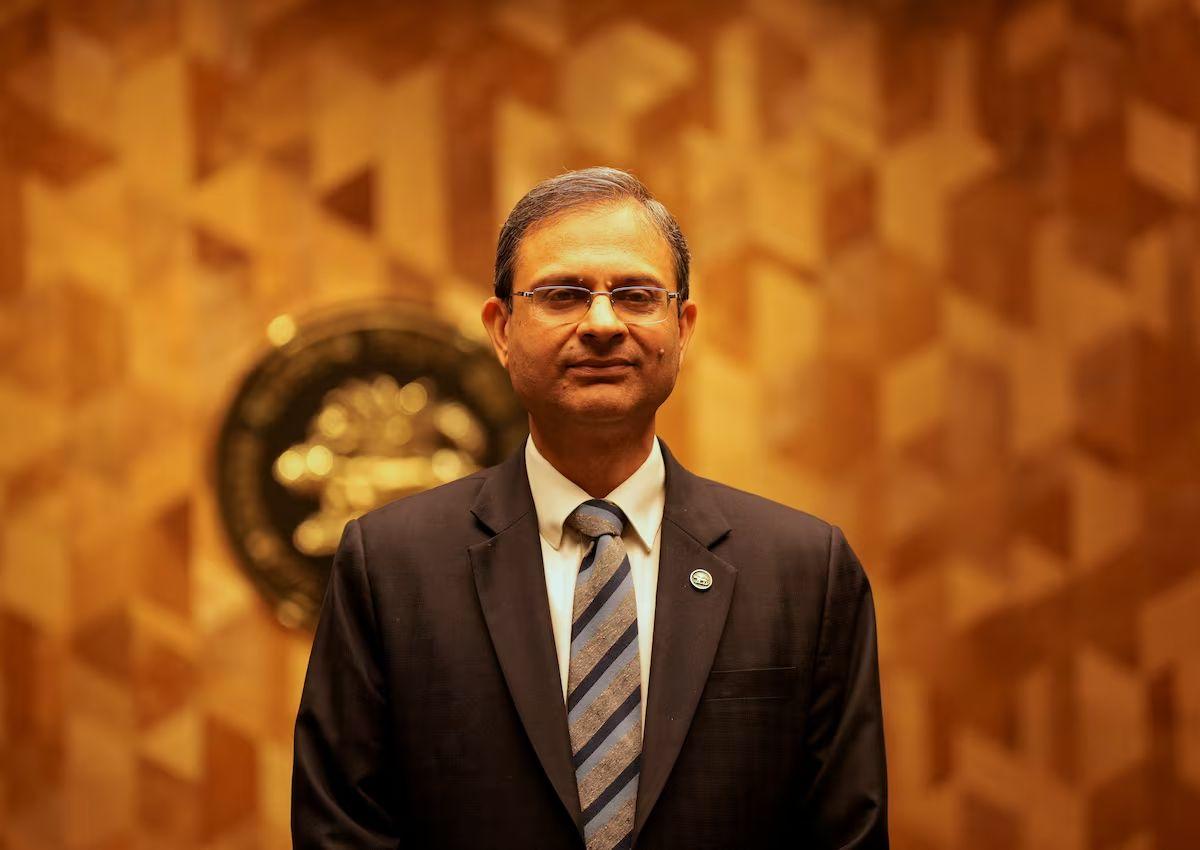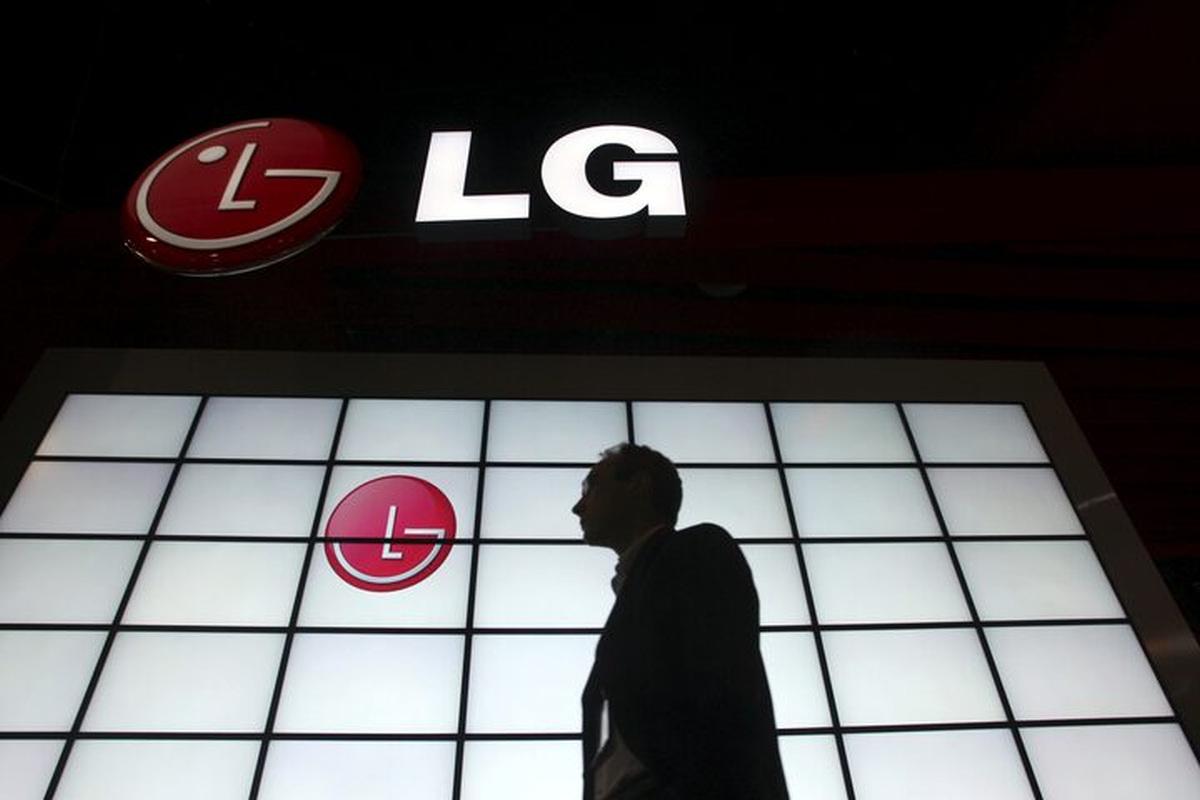Reserve Bank of India (RBI) Governor Sanjay Malhotra, with Deputy Governors Poonam Gupta, Swaminathan J, T Rabi Sankar, and M Rajeshwar Rao, responded to a range of queries in the post-policy interaction with the media.

Photograph: Hemanshi Kamani/Reuters
One aspect of the monetary policy that stood out was the removal of limits on bank credit to specified large companies. Should we now infer that banks are expected to resume playing a larger role in funding them?
Malhotra: My understanding is that the 2016 policy was more about mitigating risk and limiting the exposure of banks to large companies.
For the banking system, I would like to state that the large exposure framework that was there continues.
This limit was progressively reduced from Rs 25,000 crore to Rs 15,000 crore and then to Rs 10,000 crore, starting from 2016 to 2019.
That has been done away with because it is felt that the framework for large exposure is able to take care of the needs of individual banks.
You have been seeing that the share of companies in banking exposure has come down over the years.
I think in the past 10 years it has reduced by about 10 per cent.
So, the risks are not so many. So, that is the primary reason why we have proposed to remove this large exposure framework for specific borrowers.
We need to continue looking at rationalising our regulations so that the productive needs of the economy are met, with the least compliance burden and at the least cost, while at the same time ensuring that wherever prudential measures are required, they are not compromised.
Are we to see these 22 guidelines or indications of guidelines that you have listed in today’s (Wednesday’s) speech as a move towards easing regulations?
Requirements change and so nothing should be frozen in time.
We had earlier said we would be continuously reviewing our regulations.
In the Financial Stability and Development Council, headed by the Union finance minister, we decided to review each regulation every five to seven years.
While we are doing that it will be a continuous process.
Considering your growth and inflation forecast for the next few quarters, what do you think will stop you from cutting rates, especially considering the real and nominal gross domestic product numbers in the June quarter painted a picture of the economy different from what was expected?
Gupta: As you know, monetary policy is a forward-looking response. While the first-quarter numbers have been surprisingly good, there is some softness projected in the second half of the year and the inflation numbers have been surprisingly benign.
Taking into account both of those, as we said in the statement, some room has opened up.
But, it has to be contextualised, both domestically and globally.
It is a fast-evolving and fluid situation.
The good first-quarter numbers are only one factor in the things we consider for monetary policy — an important factor but a backward-looking factor.
As has been said, a number of other things will be taken into account before deciding the next action in December.
On forms of business, you have relaxed the guidelines and you have said that the board of the banks will have the discretion to decide. Why has the RBI chosen to relax the norms?
Malhotra: Let me state that it was only a draft and not a final guideline or direction.
The other thing is we do not want to micromanage.
We believe that banks will take a conscious, considered, and balanced view, depending on their needs.
That is why we have just left it to them.
What will be the specific macro prudential tools that you will be using for a larger exposure framework?
Rao: Maybe we can look at the tools available, like, say, putting a cap on the exposure from banks because, I think, the fundamental point the governor mentioned was concentration risk.
Malhotra: We can also put in a supervisory measure if required.
Earlier there was a perception that financial stability was in the foreground of the RBI’s approach to things.
Now are we to understand that it is a sort of turn towards being more pragmatic?
Malhotra: I don’t think that you should see these measures as relaxation of financial stability.
Stability is foremost for us, whether it is price stability or financial stability.
If you do not have price stability there are consequences.
Similarly, one episode of financial instability can take us many years behind.
So, all of us need to be conscious of that. At the same time, we have to be careful and ensure that we are not in any way impeding growth or limiting whatever is the fulfilment of the genuine requirements of the various productive sectors of our economy.
So financial and price stability will continue to be the primary focus of the Reserve Bank as it is for all other central banks.




